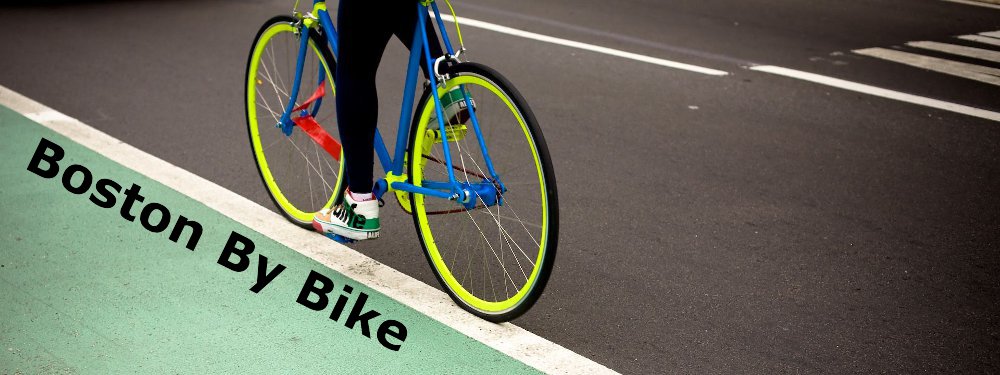It's been a long time since I started working on this bike. The last time I reported any progress was last October. Then the winter came and I had other things to take care of, so building the Frankenbike was put on a back burner for a while.
But recently things were better again. I got a free access to a really good bead blaster that stripped the frame of the old paint with ease. The only difficulty was reach all sides of the frame as the blaster's chamber was just big enough to fit the frame inside, but not big enough to rotate it around freely. Nevertheless, the last week my old/new frame was finally ready.
Putting all the parts together was then simply straightforward and within a single day the Phoenix Bike was reborn. I'm pretty happy with the final result. Even though the raw steel frame and fork looks nice and shiny for now, I'm sure it's not going to last like this for too long. I'm actually curious to see how much corrosion I'm going to find on this bike within the first year of use, keeping in mind that I won't use this bike when the weather is not perfectly dry (meaning no riding in rain or after rain). It's going to be my summer commuting bike.
Working with old components that I removed from the ancient bike I built 20 years ago was a pleasure. They are still in a very good condition so I'm happy I could give them a new life. After the first ride, I quickly discovered how fast this new bike is and how surprisingly comfortable the old Selle Italia Flite saddle was. The brakes were great, the bar end shifter works well with modern Alivio derailleur, the 39T chainring gives me a nice usable gear ratio range combined with the 11-34T, 8-speed cassette.
The only part of the bike that still needs my attention, I think, is the handlebars. I installed Soma Oxford Sparrow bars upside-down and they are actually very comfortable in this configuration, making for a very sporty riding position. But eventually, I think I'm going to try a bit more relaxed config by flipping the bars over and installing flat-bar brake levers instead. Especially that the bars I got are pretty wide and will be better suited for use with flat-bar levers anyway. I think I'm going to ride the bike with Oxford Sparrow bars in both positions for a while to figure out which one I like better.







